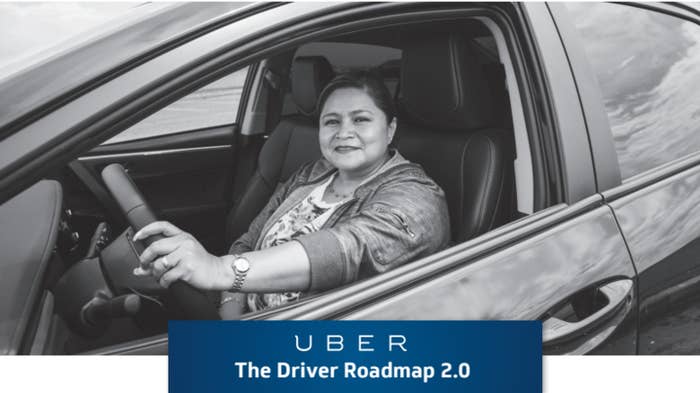
Uber and other on-demand companies like it are at the forefront of a national discussion about the future of labor — and for many of those companies, including Uber, that discussion is being held in front of a judge or local regulatory body in places like California and Seattle. It's no surprise, then, that David Plouffe, Uber's former senior vice president (who recently transitioned into an adviser role), has been on a "Future of Work" speaking spree of late. His last stop: Seattle, where a proposed ordinance to allow for-hire drivers to unionize is expected to be voted on early next week.
For Uber, proving its existing independent contractor model is not just fair, but what drivers actually prefer is paramount right now. So early Monday morning, the ride-hailing company released the results of its second driver survey. Conducted by the Benenson Strategy Group on Uber's dime, it appears to confirm what Uber has long trumpeted as the chief appeal of its platform: flexibility, flexibility, flexibility. Eighty-eight percent of the 833 drivers surveyed said they started driving for Uber because it fit their life well. Meanwhile, 97% said they are satisfied with the flexibility of their schedules, and 81% said they are satisfied overall. Throw into the mix the increased diversity of Uber's drivers and the fact that more people who previously did not drive professionally are driving for the company, and you have yourself an almost picturesque illustration of a service that is a boon for minorities, mothers, students, and any group of people who can't turn to otherwise traditional jobs.
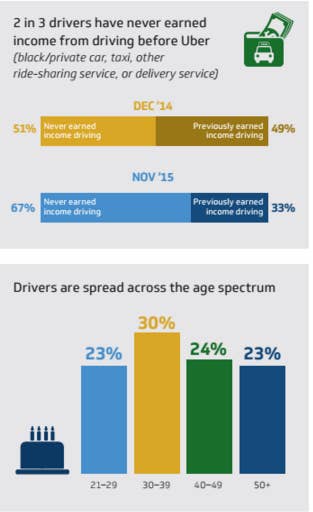
The survey also addressed all the themes that make Uber an easy-to-access — and apparently satisfactory — opportunity for people who are looking for a part-time job. According to the survey, 40% of respondents decide when to drive for Uber based on what else is on their schedule, 38% set an earnings goal, and 16% drive a set amount of time.
Uber's narrative is that drivers are happy with the flexibility of the platform and that it's this flexibility that makes Uber a good part-time opportunity. The subtext to that narrative is that any attempts at changing Uber's labor model will take this flexibility that drivers apparently love away from them. It's an argument the company has made in the face of a class-action employee misclassification suit in California. And it's an argument that the judge presiding over the case, Edward Chen, has called into question.
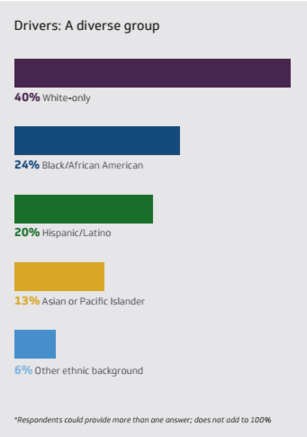
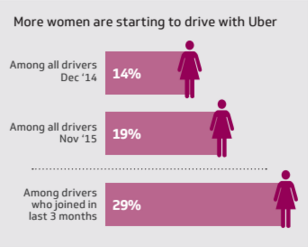
Uber provided financial incentives to the drivers who agreed to take the survey, claiming it did so to "encourage a representative participation." That said, a paid survey of Uber drivers is a survey based on data drivers were paid by Uber to provide and a pool of respondents that may not be entirely representative of the company’s 400,000 active U.S. drivers. And, in fact, when Uber employed a similarly conducted survey as part of its argument against granting drivers class-action status, Judge Chen did raise an eyebrow. “Not only are the expressed views of these 400 drivers a statistically insignificant sample of the views of their fellow drivers and class members, there is nothing to suggest (and Uber does not contend) that these 400 drivers were randomly selected and constitute a representative sample of the driver population,” Chen wrote in his judgment granting the drivers class action status. “Nor is there evidence that the responses of these drivers were free from the taint of biased questions."
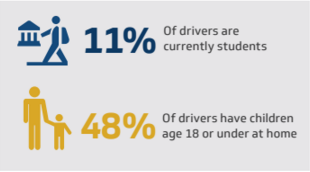
Indeed, the narrative presented by Uber is hard to square with the one presented by the drivers who are suing the company for misclassifying them as independent contractors — or with the drivers in Seattle pushing for the ability to unionize, or with the thousands of drivers who have protested against wage cuts and raised commissions over the last two years.
While these unhappy drivers also can't be taken as representative of the entirety of the company's driver base, taken together, the survey numbers and the recent legal battles and protests paint a more realistic picture of Uber's relationship with its drivers. Increasingly, Uber is becoming a utility — and achieving that scale means operating on a business and labor model that is beneficial for its bottom line. Drivers appear to be hyperaware of Uber's dominance in the transportation industry, and keen to take advantage of this relatively new opportunity that does in fact offer a level of flexibility traditional jobs don't. But they're also grappling with an employee classification that is not yet protected by existing labor law.
CORRECTION
Uber now has over 400,000 active drivers in the U.S. A previous version of this article stated there were 160,000 active drivers as the company indicated in its 2014 driver survey.
